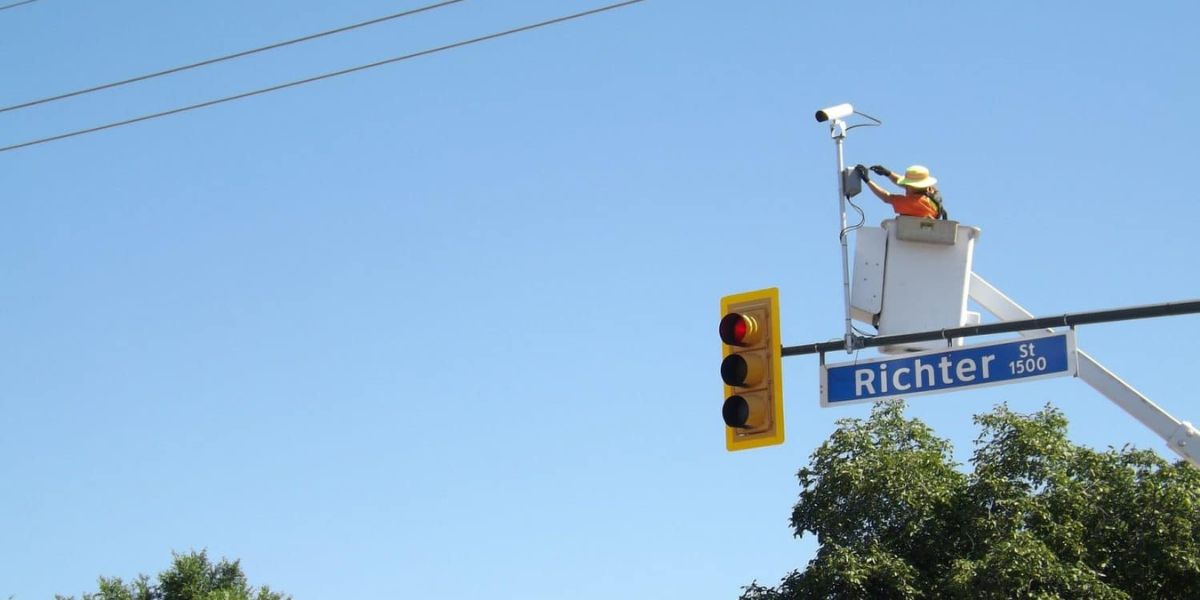Texas Ended Red-Light Cameras in 2019 — But the Conversation Is Far From Over
In 2019, Texas made a bold move — it became one of the few U.S. states to completely ban the use of red-light cameras.
Now in 2025, the impact of that decision continues to ripple across the state, raising key questions about traffic safety, individual privacy, and city revenue.
Quick History: Why Were Red-Light Cameras Introduced?
Originally, red-light cameras were introduced in Texas to reduce dangerous intersection collisions. These automated systems snapped photos of drivers running red lights, resulting in citations being mailed to vehicle owners. Proponents claimed the cameras:
- Lowered crash rates at busy intersections
- Provided consistent enforcement without police presence
- Promoted safer driving habits over time
The Law That Changed Everything: House Bill 1631
On June 2, 2019, Governor Greg Abbott signed House Bill 1631, officially banning photographic traffic enforcement devices statewide. The bill came after growing criticism that the cameras:
- Violated privacy rights
- Issued citations even for minor or questionable infractions
- Were more about raising revenue than protecting public safety
Notably, cities with existing red-light camera contracts signed before May 7, 2019, were allowed to continue operating them until those contracts expired.
Do They Work? The Research Is Mixed
The effectiveness of red-light cameras has been hotly debated:
A 2011 Texas Transportation Institute study found:
- A 25% reduction in red-light-related crashes
- A 30% drop in right-angle (T-bone) collisions at camera-equipped intersections
❌ But a study cited by Governor Abbott’s office from Case Western Reserve University revealed:
- Rear-end crashes increased by 28%
- Drivers slammed on brakes to avoid tickets, often causing new types of accidents
Money Lost: The Financial Fallout of the Ban
The camera ban had major financial consequences for Texas cities and trauma care funding:
- In 2017 alone, red-light camera fines contributed $18.3 million to trauma centers
- The state expected to lose $28 million over two years in healthcare funding
- Cities like Dallas projected annual revenue losses of $2.4 million
Public Backlash Fueled the Ban
The decision wasn’t just about data — it was also about public sentiment:
- Many Texans felt red-light cameras invaded privacy
- Critics claimed the systems targeted drivers for profit, not protection
- Tea Party-aligned conservatives ran strong anti-camera campaigns, helping spur early bans in places like Arlington as far back as 2015
🚦 What’s Next for Traffic Enforcement in Texas?
With red-light cameras now off the table, Texas cities are exploring new ways to keep roads safe without relying on automated enforcement:
More police patrols at key intersections
Signal re-timing to reduce red-light running
Intersection redesigns to improve visibility and flow
Public education campaigns on traffic laws and safety
Key Takeaways
- Red-light cameras have been banned statewide in Texas since 2019
- Mixed data on crash reduction left safety impact uncertain
- Cities have lost millions in revenue and trauma center support
- Privacy concerns and public pressure drove legislative change
- Alternatives like engineering improvements and policing are now being explored
Why It Matters
As other states evaluate their use of red-light cameras, Texas stands as a key example. Its decision to ban the technology outright — despite safety claims — highlights a deeper tension between public trust, government surveillance, and financial incentives.
Whether Texas’s alternative strategies succeed may shape how the nation views automated enforcement in the years ahead.
💬 What’s your take? Should red-light cameras come back, or is Texas better without them?

 by
by 

